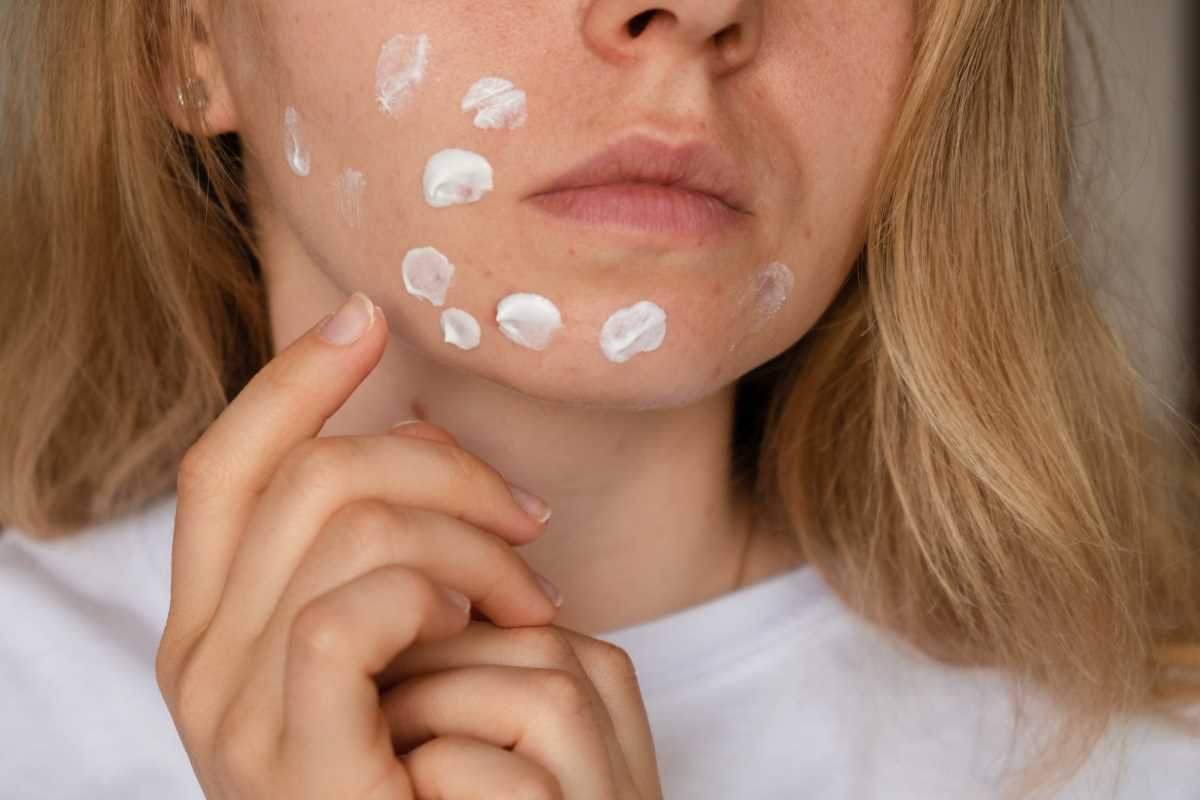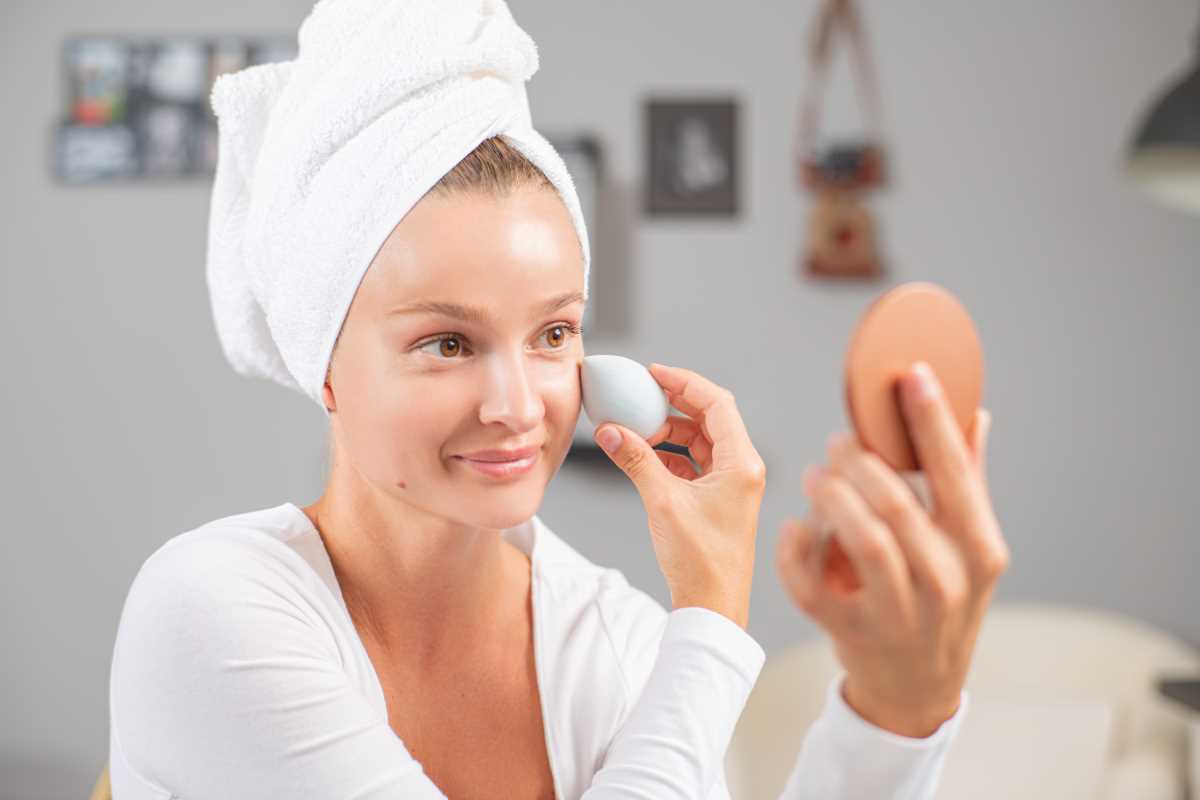Persistent skin infections often disrupt daily life, making it difficult to feel comfortable or confident. Scrubbing diligently, applying creams, and changing routines may not always provide lasting relief, leaving you frustrated when symptoms return. Paying attention to some overlooked habits can help keep these infections at bay and reduce the chances of future flare-ups. This guide explores straightforward and effective measures that many people overlook, offering clear steps to help you address the root causes of recurring skin issues. With a few simple changes, you can support healthier skin and break the cycle of repeated infections.
What Causes Recurrence of Skin Infections
Skin infections resurface when bacteria, fungi, or viruses find a cozy niche in weakened areas. You treat the visible symptoms well but neglect slight tears, blocked pores, or immune dips that harbor pathogens. Recognizing those hidden pockets helps you cut off their comeback route.
Small factors like picking scabs or reusing damp towels allow microbes to multiply unchecked. Certain conditions—eczema or diabetes—also weaken your skin’s resilience. Tracking what stirs an infection gives you the power to close loopholes before germs regroup.
Daily Hygiene and Skin Care Habits
- Switch towels every two days and launder with hot water to eliminate lingering germs.
- Apply a thin coat of low-fragrance, pH-balanced moisturizer immediately after washing to seal the skin barrier.
- Use disposable applicators for antibiotic creams like Bactroban to avoid reintroducing bacteria from fingertips.
- Gently exfoliate callused or rough areas weekly to prevent microtears where fungi thrive.
Keeping pores clear and skin well-lubricated doesn’t just feel good; it creates a living shield. Avoid harsh scrubs that create tiny wounds you don’t notice until infection takes hold. Instead, choose gentle routines.
Disinfect grooming tools—nail clippers, loofahs, and razors—after each use. Pathogens hide in the tiniest crevices, and routine cleaning prevents them from hitching a ride back onto your skin.
Nutrition and Supplements to Support Skin Health
- Omega-3s: Add fatty fish or algae oil supplements to reduce inflammation and support cell repair.
- Zinc: Take 15–30 mg daily under a doctor’s guidance to boost wound healing and immune response.
- Vitamin D: Aim for moderate sun exposure or 1,000–2,000 IU supplement to strengthen your antimicrobial defenses.
- Probiotics: Choose strains like Lactobacillus rhamnosus to balance gut flora, which influences skin immunity.
- Collagen peptides: Sprinkle powder into smoothies for extra amino acids that strengthen your skin’s structure.
Foods rich in antioxidants—berries, spinach, and colorful peppers—help neutralize free radicals that damage skin cells. When you skip them, you leave cell walls vulnerable and give pathogens a head start.
Drinking enough water supports nutrient transport to skin layers. Don’t underestimate simple hydration; it flushes toxins and keeps your epidermis flexible so cracks and fissures stay minimal.
Environmental and Lifestyle Changes
High-humidity climates and shared gym equipment create ideal environments for microbes. Adjust your routine to avoid these hotspots. Wear moisture-wicking fabrics during exercise and wash gear after every session to prevent germ buildup.
At home, run a dehumidifier or open windows in damp rooms to slow fungal growth. Vacuum carpets with a HEPA filter to remove skin flakes that feed mites and yeast. Small changes in how you manage air and surfaces can reduce microbe territories.
When stress levels rise, pause for breathing exercises. Chronic tension disrupts your hormone balance, weakening immune cells on the skin’s front lines. A five-minute break lowers cortisol and gives your defenses a moment to regroup.
When to Seek Professional Evaluation
If redness, swelling, or pain persists, consult a dermatologist. They can run cultures or skin biopsies to identify tricky bacteria or fungi that evade over-the-counter treatments. Early lab tests prevent minor infections from becoming systemic issues.
If you notice unusual skin thickening, recurring blisters, or shifting sensations, tell your healthcare provider. These signs might indicate deeper imbalances—autoimmune factors, nerve irritation, or circulatory challenges—that require targeted therapy beyond home care.
Taking control of hidden infection triggers helps keep your skin healthy. Use these lesser-known tactics alongside your routine for better results.







